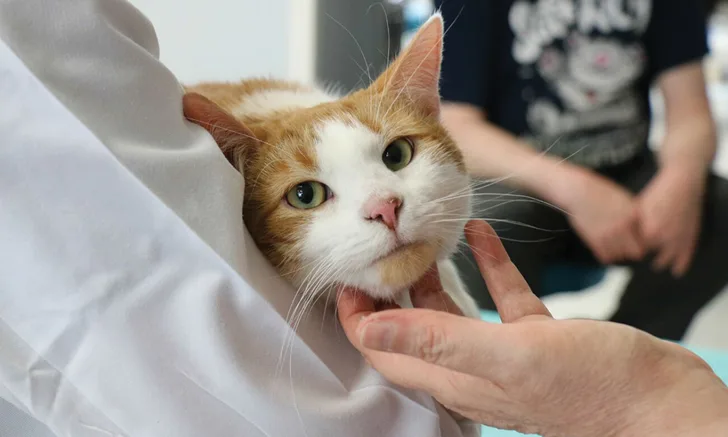Seizure Classification in Cats
Heidi L. Barnes Heller, DVM, DACVIM (Neurology), Barnes Veterinary Specialty Services, Madison, Wisconsin

In the Literature
Stanciu GD, Packer RMA, Pakozdy A, Solcan G, Volk HA. Clinical reasoning in feline epilepsy: which combination of clinical information is useful? Vet J. 2017;225:9-12.
The Research …
Several schemes have been used for seizure classification in cats and dogs.<sup1,2 sup> In 2015, the International Veterinary Epilepsy Task Force recommended seizure classification in dogs as reactive seizures (ie, metabolic or toxic causes); secondary epilepsy (ie, identified intracranial pathology likely responsible for seizure); and idiopathic epilepsy.3 With a few modifications, this system can be applied to cats. The decision to pursue additional diagnostic testing in a cat with seizures is complicated. Owner finances, comorbid patient disease, and likely underlying causes must be considered.
This study statistically evaluated specific clinical characteristics commonly used to predict seizure cause in dogs for applicability to cats. The goal was to provide information to aid in decisions about advanced imaging. Following univariate analysis, logistic regression multivariable analyses of record data from 110 cats identified 5 risk factors for the development of either idiopathic or secondary epilepsy. Reactive seizures were not included in the comparison.
Purebred cats older than 7 years with an abnormal neurologic examination were more likely to be diagnosed with secondary epilepsy than with idiopathic epilepsy. Of importance, because juvenile-onset seizures were not included as a subset, the predictive factors in this study should not be applied to cats younger than 12 months. Cats with seizure onset before 12 months of age are diagnosed more commonly with secondary epilepsy.4
Ictal factors (eg, salivation, vocalization) were considered predictive of either secondary or idiopathic epilepsy; however, caution should be exercised when including these factors in practice. Owner descriptions of events can be erroneous and should be interpreted cautiously.5 Recognition of a change in cognition, limb movement, vocalization, and salivation may be clouded by emotion or poorly recognized because only a portion of the event was visualized.
… To Your Patients
Key pearls to put into practice:
Cats that are 1 to 7 years of age at seizure onset are more likely to be diagnosed with idiopathic epilepsy as compared with secondary epilepsy.
A normal neurologic examination was reported in 79% of cats with idiopathic epilepsy as compared with 48.9% of cats with secondary epilepsy.
Type of seizure (ie, focal vs generalized) was not predictive of seizure classification.